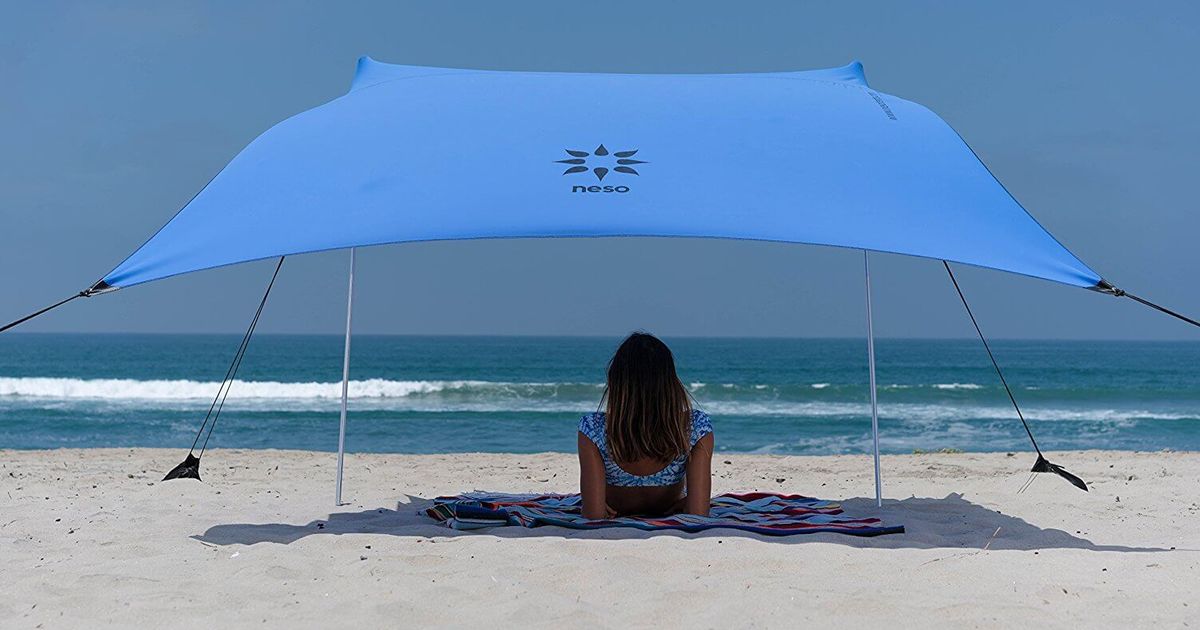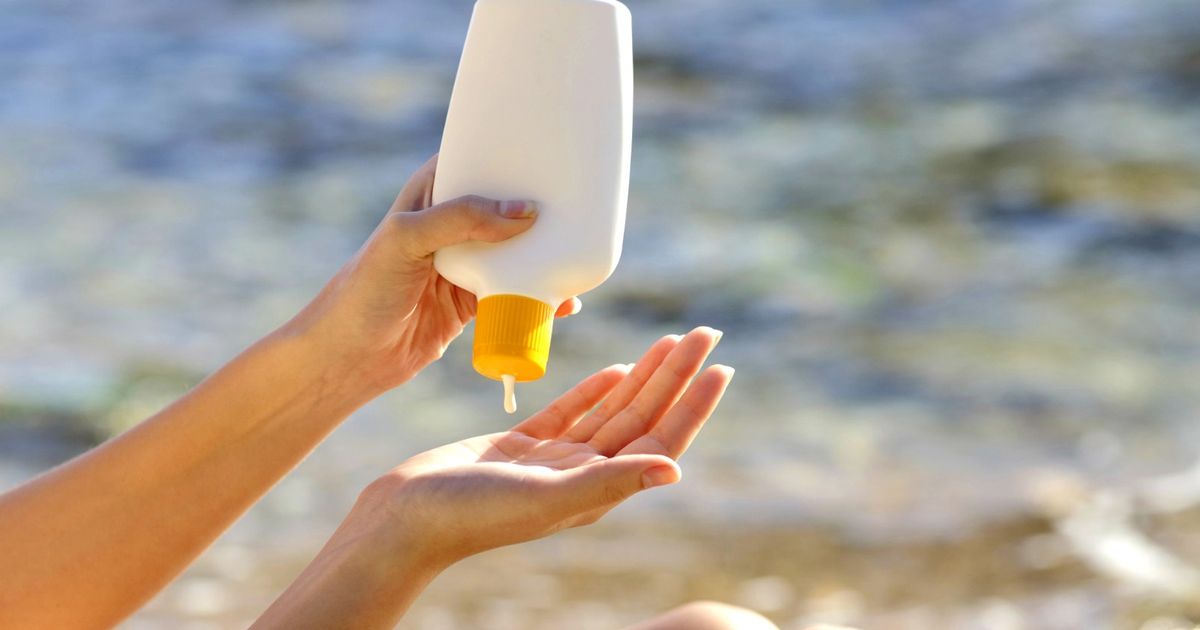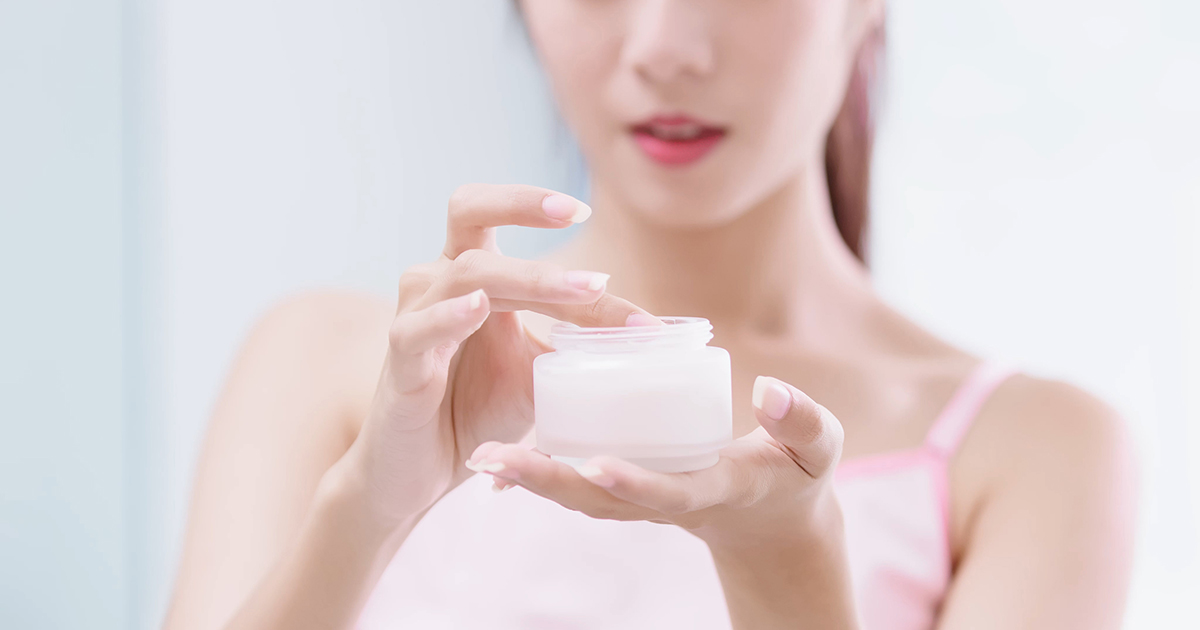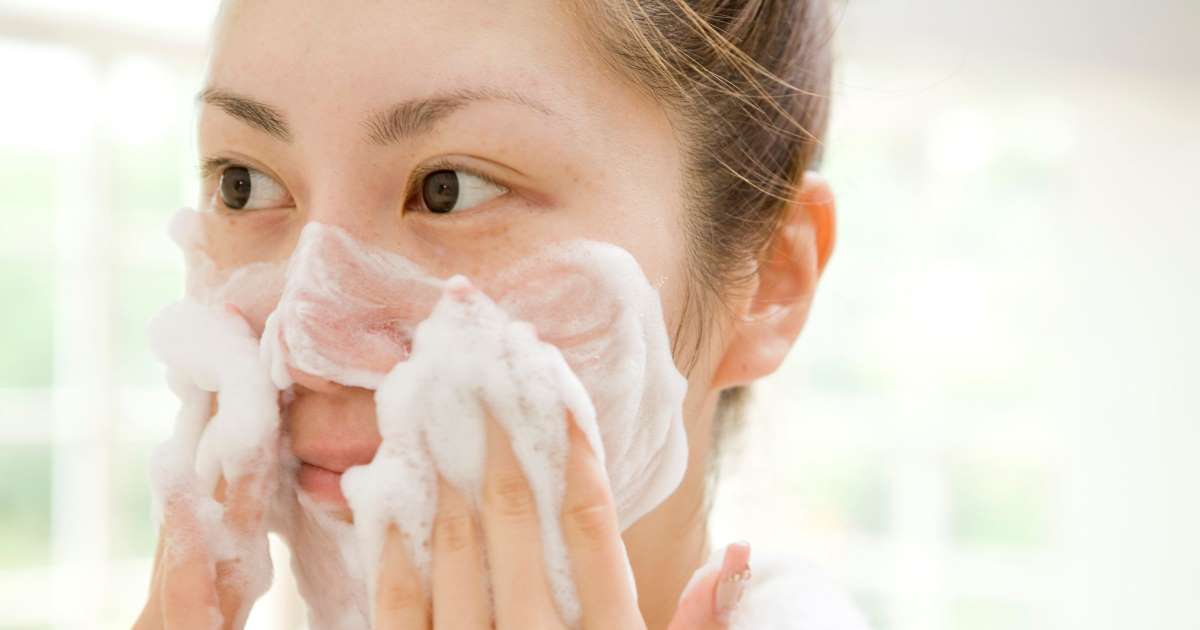Treatment Options For A Malar Rash
A malar rash is the type of rash that typically appears only on the cheeks and nose, and it takes on the look of a butterfly. Some individuals even refer to this type of rash as a butterfly rash. It’s not found on any other area of the face, but it can take on several colors and patterns. Some malar rashes are raised and some are flat. Some are a shade of purple, but other malar rashes are a shade of red. There is no way to know what one will look like until it appears. What individuals should know about a malar rash, though, is it’s caused by many things. Patients could have it because they have a sunburn, but it could also be caused by something more serious such as lupus. In most cases, a malar rash occurs because of a skin condition called rosacea. The good news is a malar rash can be treated. Learn how now.
Limit Sun Exposure

Sunburn can cause a malar rash, which means individuals should be careful in the sun. When individuals limit their sun exposure, they are able to prevent this kind of rash from occurring. However, individuals must know this doesn’t happen to just anyone who gets a bit too much sun. This kind of rash is much more prevalent in individuals who already suffer from light sensitivity. If someone's skin is sensitive, too much time in the sun can cause this rash to appear more noticeable. It might become itchy or take on a scaly feeling when it occurs. Patients will not notice any blisters or bumps on this malar rash when they spend too much time in the sun, but they can expect this rash to become painful and cause significant discomfort.
Learn more about how to treat and prevent a malar rash now.
Wear Sunscreen Daily

When individuals wear sunscreen daily, they can help prevent a malar rash from occurring. It’s very common in individuals exposed to too much sunlight who also have a sensitivity, but it’s not uncommon for someone without skin sensitivity to notice this kind of rash appear on their skin when they burn. Whether individuals are in the direct sunlight or not, they must wear sunscreen daily, particularly on their face, as it helps prevent problems such as sun damage, sun spots, and even skin cancer. It’s about more than just wearing sunscreen to keep a malar rash at bay. If an individual has sensitive skin, they should speak to a dermatologist about a sunscreen that’s effective on sensitive skin.
Get the details on more ways to treat a malar rash effectively now.
Apply Medicated Ointments

Some forms of a malar rash are caused by a skin infection. In this case, many doctors will often recommend treatment through medicated ointments. This type of topical antibiotic works by killing the infection on to help relieve the symptoms of a malar rash and clear the skin faster. Some individuals might end up with a topical ointment to apply as well as an oral antibiotic of the infection is a bacterial infection. It’s important to avoid scratching the rash before applying the ointment, as well as after the ointment is applied. Doing so not only slows the healing process, but also causes additional damage, often resulting in scarring.
Uncover additional information on treating a malar rash now.
Washing With Mild And Unscented Soap

Washing with mild and unscented soap is another way to help treat a malar rash. This type of soap is gentle, so it works on almost every skin type. It’s also good for anyone who wants to prevent a rash from occurring. Antibacterial soap helps kill infection before it has a chance to settle in and make itself known. This kind of soap also helps remove grime, dirt, dust, and makeup from the skin. It’s best to wash with it before bed and first thing in the morning, though individuals who work out or have a physical job may want to use a mild soap during the day as well to curb their sweat. Many individuals have sensitive skin, and using an unscented soap can help them fight that sensitivity and keep their skin clean and healthy.
Get familiar with the next option for treating malar rashes.
Using Nonsteroidal Anti-Inflammatories

Malar rashes can cause the skin to become inflamed, and nonsteroidal anti-inflammatories can help individuals minimize swelling and inflammation. It might not cure the rash, but it can help with the pain. This is a common treatment for individuals who suffer from a malar rash as a result of lupus. If this is the case, doctors may also prescribe immunosuppressive drugs or a topical immunomodulator to help patients with the symptoms. It’s possible a doctor might prescribe these to patients without lupus, but this is not as common, particularly if no underlying cause has been identified yet. Most doctors prefer to try the other treatment and prevention methods prior to prescribing medication for an issue like this.
